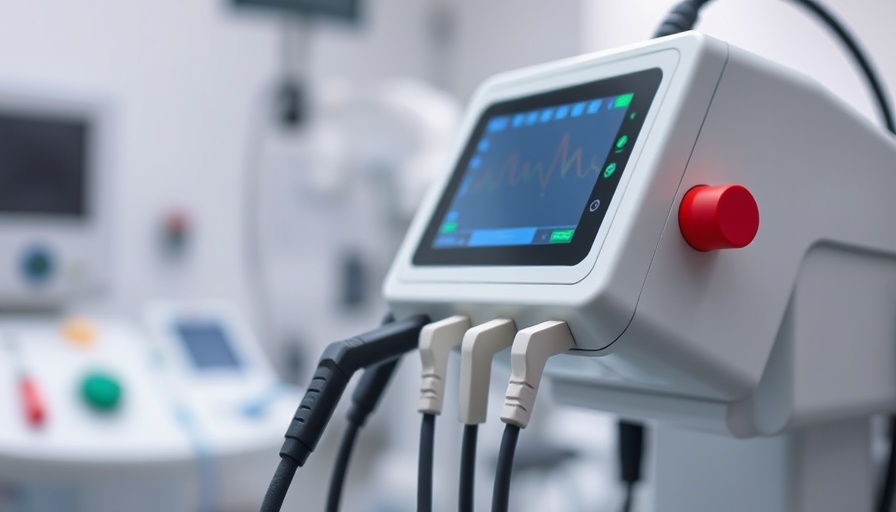
New Advances in Nerve Stimulation Therapy
The field of nerve stimulation therapy is witnessing pivotal changes, particularly in how we approach treatment for chronic pain, inflammation, and neurological diseases. Recent research conducted at the Vienna University of Technology has uncovered a revolutionary method to enhance the efficacy of vagus nerve stimulation (VNS) by synchronizing electrical stimulation with the body's natural rhythms, specifically the heartbeat and breathing patterns.
Understanding Vagus Nerve Stimulation
Vagus nerve stimulation utilizes electrical impulses delivered through electrodes, often placed in the ear, to activate the vagus nerve. This nerve plays a crucial role in regulating bodily functions tied to the parasympathetic nervous system—responsible for rest, recovery, and managing organ function. The technique is sometimes colloquially referred to as an “electric pill,” hinting at its innovative approach to treating various health issues. However, the effectiveness of VNS has historically been inconsistent due to the timing of the electrical signals.
The Science Behind Synchronization
In a groundbreaking study published in Frontiers in Physiology, researchers discovered that effective nerve stimulation is not a one-size-fits-all solution. Instead, therapeutic outcomes improve substantially when the stimulation occurs in sync with the body’s rhythmic physiological processes. The study involved a pilot program with five participants, where heart rate variability was measured as a potential indicator of therapy success.
How Synchronization Works
Imagine the nervous system as a complex communication network. Just as a radio needs to be tuned to the right frequency to catch a signal, the vagus nerve needs precise timing when receiving electrical impulses to respond effectively. Researchers have found that when stimulation aligns with the systolic (heart contracting) and diastolic (heart relaxing) phases of the heartbeat, the effects become far more pronounced. This synchronization ensures that the nervous system is 'listening' at the right moments, reducing the chances of missed signals and ineffective treatments.
Clinical Implications for Practitioners
For concierge health practitioners, understanding the nuances of VNS technology can significantly shape patient outcomes. As pulse timing becomes a factor in treatment protocols, practitioners can leverage this knowledge to customize therapy sessions, optimizing healing for individuals suffering from chronic conditions. With consistent updates in treatment modalities, it is crucial to stay on top of how these changes can impact your patients.
Future Outlook in Nerve Stimulation Research
The implications of this research extend beyond present-day applications. As we continue to better understand the intricacies of the human nervous system, future studies may visualize even more sophisticated forms of synchronization, potentially involving wearables that track physiological rhythms continuously. Not only could this improve VNS outcomes, but it could also broaden the spectrum of patients who might benefit from such innovative therapies.
Decision-Making in Patient Care
As concierge health providers, the ability to personalize treatments is essential in establishing the most effective care plans. The knowledge gleaned from this recent research allows for better-informed decision-making when designing patient therapies. By considering the rhythm of the body, practitioners can enhance VNS therapy, potentially reducing care costs and improving patient satisfaction.
Summary of Key Benefits
- Improved treatment efficacy by synchronizing stimulation with physiological rhythms.
- Enhanced understanding of the vagus nerve's role in various health conditions.
- Increased potential for personalized treatment strategies.
- Better outcomes for patients with chronic pain and other conditions.
 Add Row
Add Row  Add
Add 






Write A Comment